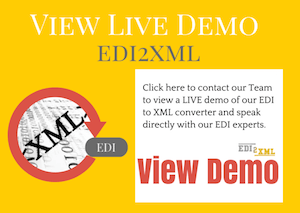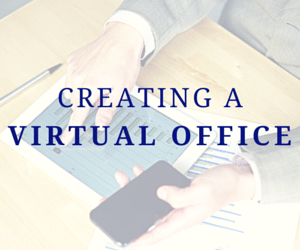Why EDI is in such demand in 2015
Last Updated on December 13, 2022 by Tatyana Vandich
 One of the goals of business executives is to increase efficiency while keeping costs low. Of course this can be difficult without the proper tools in place, which many businesses in Canada still do not have. Fortunately, it seems that in the last decade more and more companies have been leveraging IT but this growth is still not what it should be.
One of the goals of business executives is to increase efficiency while keeping costs low. Of course this can be difficult without the proper tools in place, which many businesses in Canada still do not have. Fortunately, it seems that in the last decade more and more companies have been leveraging IT but this growth is still not what it should be.
EDI communication is one such way to leverage technology in order to exchange documents between suppliers and vendors. It eliminates the need for paper-based purchase orders, invoices, etc. and allows for quicker and easier communication channels. It’s estimated that over 90% of Fortune 500 companies in the U.S. use EDI; it’s about time smaller companies get in the game as well.
There was a time when analysts were predicting the end of EDI communication within the B2B world. Turns out, they were wrong. EDI is still in demand and is becoming accessible not only to large enterprises but also to small and mid-size businesses. It’s difficult when large retailers like Wal-Mart only accept business with suppliers that use EDI. Small businesses lose contracts with these retailers because they feel they cannot afford to implement an EDI solution. Therefore, they continue with paper-based communication processes between their buyers or suppliers. Take a look at the difference in response time and efficiency between EDI-based methods and paper-based methods:
EDI
The whole process of sending and receiving purchase orders and invoices using EDI can be done within hours. A supplier’s management system can receive an EDI PO (Purchase Order) and then can instantly notify the shipping department. The order can be processed quickly and an EDI invoice can be transmitted right to the buyer. This allows a company to handle more orders and receive payments much faster without any manual intervention.
Paper
Companies sending and receiving paper documents of purchase orders and invoices are more prone to errors due to all the manual data entry that is involved. A PO is created once someone manually enters the data into their system, prints it and either mails it to the supplier, faxes it or emails it. Once the supplier receives it and begins to process it by manually entering the order into their management system, they can then manually create an invoice, which then needs to be sent back via any of the 3 above ways.
This paper-based method is quite a tedious way of doing business. With all our technological advancements we have made in the last decade, it is unfortunate that businesses are still communicating this way. However, what many business executives don’t know is that they can convert paper documents (or PDFs) to EDI or XML. This saves a lot of time and effort and the response times for orders and invoices are quick.
It seems EDI is much more efficient and has a more positive impact on business-to-business relationships and communication. Many large retailers are refusing to work with companies who do not use EDI and the companies that are using it are seeing huge improvements in their B2B communication process. Why is it so popular? Mostly because it works! This document exchange alternative is great for businesses looking to increase business volume without increasing staff and eliminating manual data entry.
EDI to XML
What is getting even more attention and demand from businesses is the mix of EDI and XML. Since many companies use XML-based technologies, they look for ways to effortlessly integrate invoices and purchase orders into their ERP system. If you handle hundreds of thousands of transactions a year, you definitely want to make sure this process is seamless. This is why companies look for an EDI to XML translation tool, like EDI2XML, that will convert all incoming EDI documents into XML format and all outgoing XML files into EDI format. At that point, the XML file can instantly be integrated into the company’s ERP system and production can begin for that new purchase order instantly.
If you’re looking for a seamless communication process between your business partners, don’t hesitate to contact our EDI specialists.










Leave a Reply
Want to join the discussion?Feel free to contribute!